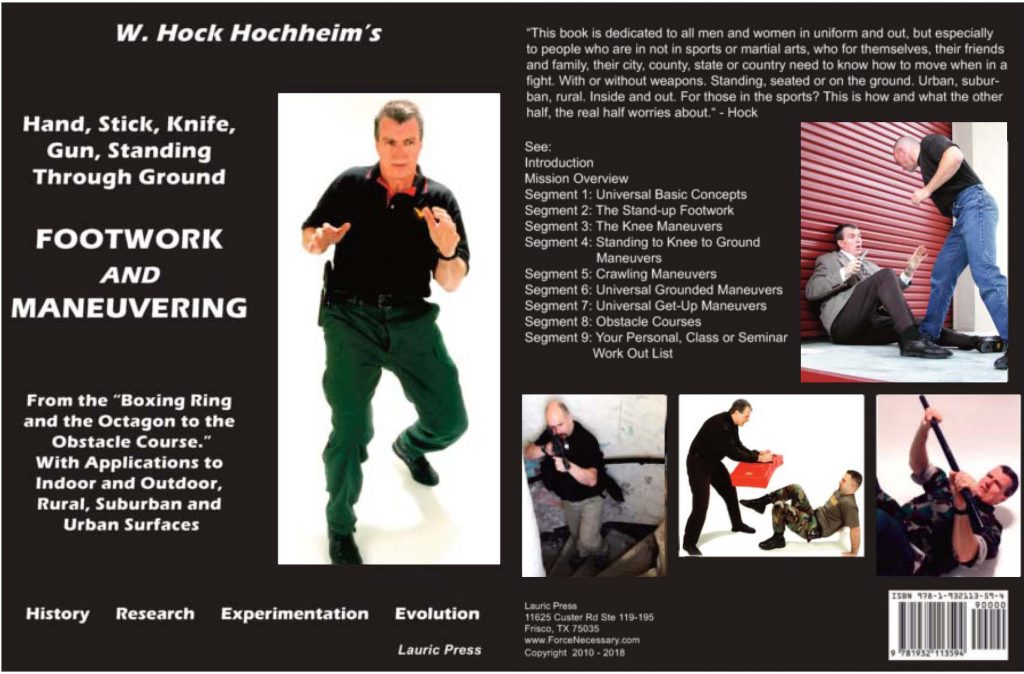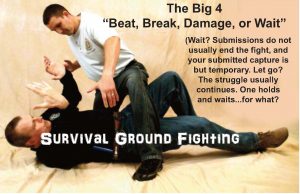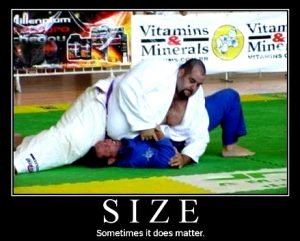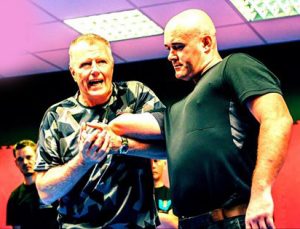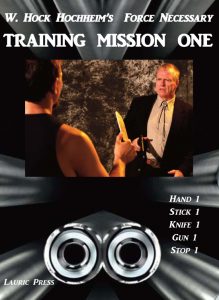IT’S PROPRIOCEPTION!
Who, what, where, when, how and why? The BIG “W’s and H” questions that one answers in a fight (and life).
“Where?” There are so many “where” questions to answer. One is knowing where your body parts are when you are not looking at them or can’t see them. Oh, I know the word is more technical and diverse than that, and normal people deal with the subject to improve normal activity, rehab injuries and surgeries and fight back age. But we? Oh we…we here, worry about…fighting. Where are your body parts when you are not looking at them in a fight? Especially a ground fight? Horizontal, not vertical?
“Proprioception is an important sensory function for all normal movement activities, including the ability to maintain dynamic balance and move accurately. All exercises elicit proprioceptive responses to some extent.”

The subject is teaching ground-fighting and one of the challenges for practitioners and teachers is not-knowing, not-seeing their body parts in a “horizontal world,” and of course moving in “flat” unfamiliar movements.
I often have to tell grounded practitioners to “FREEZE! Freeze right there!” I step in and grab their legs, knees, feet, whatever into the advantageous position. Lest of all have them freeze and say “take this elbow and strike this face right here,” because they are: a) brainwashed wrestlers, or b) new to the horizontal world, and cannot make the proprioception connection. Out of sight, out of mind.
Ground fighting to a combatives person is, (or certainly should be):
- Ground maneuverings
- Knee-high versus standing.
- Knee-high versus knee-high.
- Knee-high topside versus those below.
- On right side versus all…
- On left side versus all…
- On back versus topside.
- On back versus kneeling.
- On back versus standing.
- (I include “seated” in this grouping.)
- All strikes and kicks included.
- Use of force laws & military rules of engagement, if any?
- Hand, stick, knife, gun (pistol and long gun).
- The vital W’s and H questions.
- This is the 6th Stop, the Stop 6 of the Stop 6 “The Ground Fighting Collision,” my outline list.

Horizontal time in grade, reps, experience, coaching, all contribute to proprioception exercise. While wrestlers (including BJJ-ers) are developing or have developed this ground-fight awareness, combatives people and “stand-up-only-arts” who only dabble in ground fighting don’t, won’t, and haven’t achieved similar awareness. Modern MMA people work on it, (but without weapons and cheating). You can see the importance of organized doctrine timetables.
Another term for this, a bit more heard of, but not by much, is “Kinesthetic Perception.” I would suggest searching on the word to get the fullest understanding of it. Here’s one link, but continue the hunt.
____________
Hock’s email is Hock@SurvivalCentrix.com
